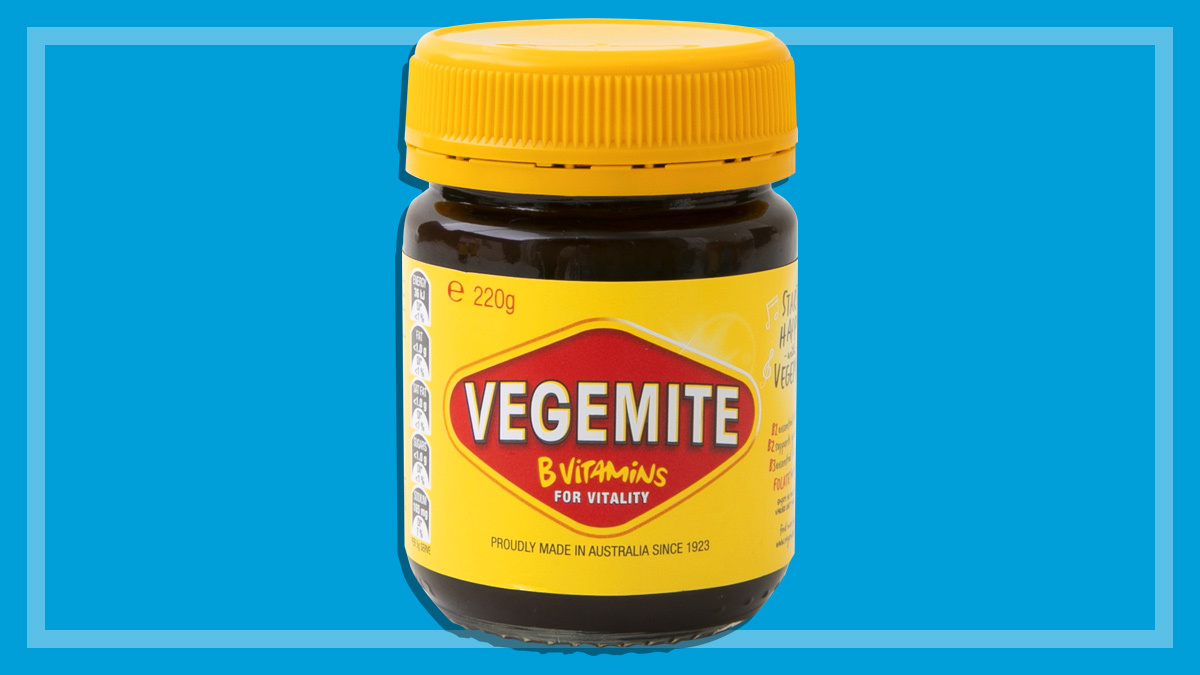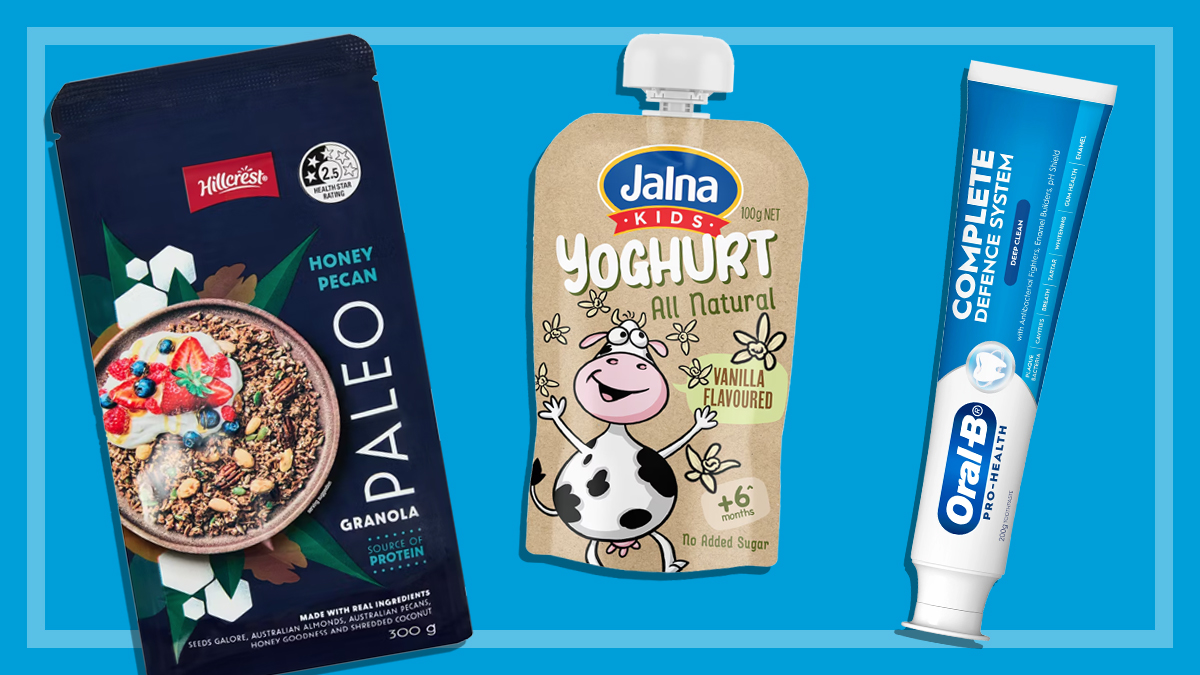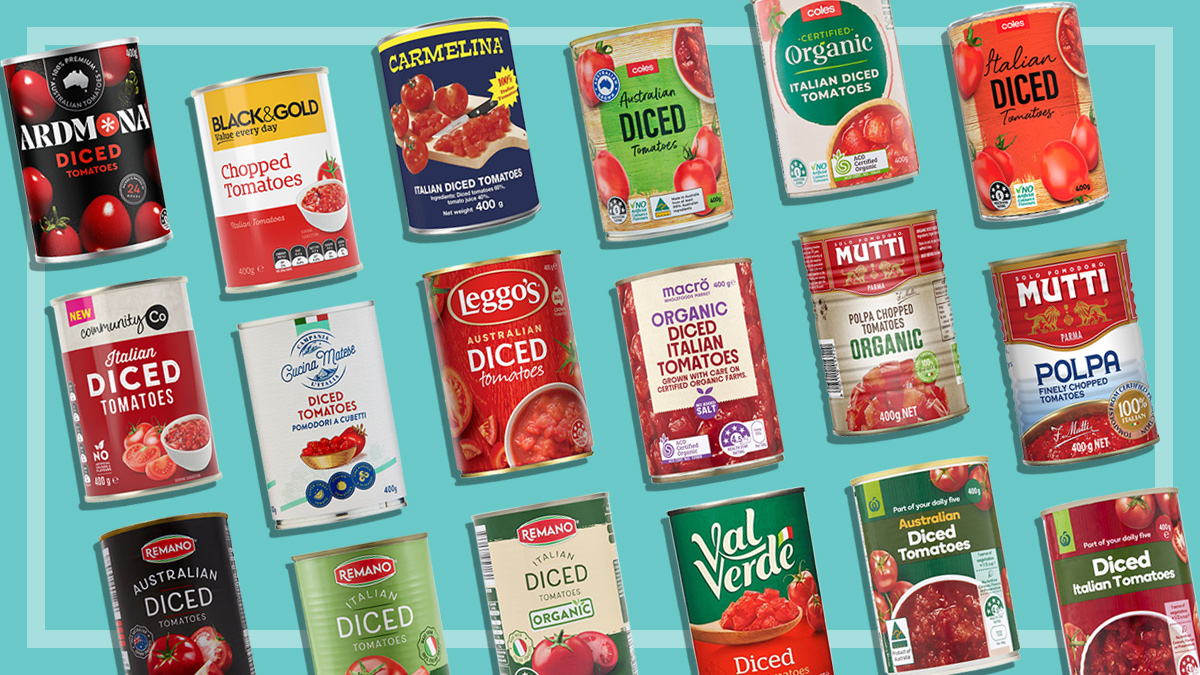Get our independent lab tests, expert reviews and honest advice.
Who came out on top in our mighty Mite taste test?
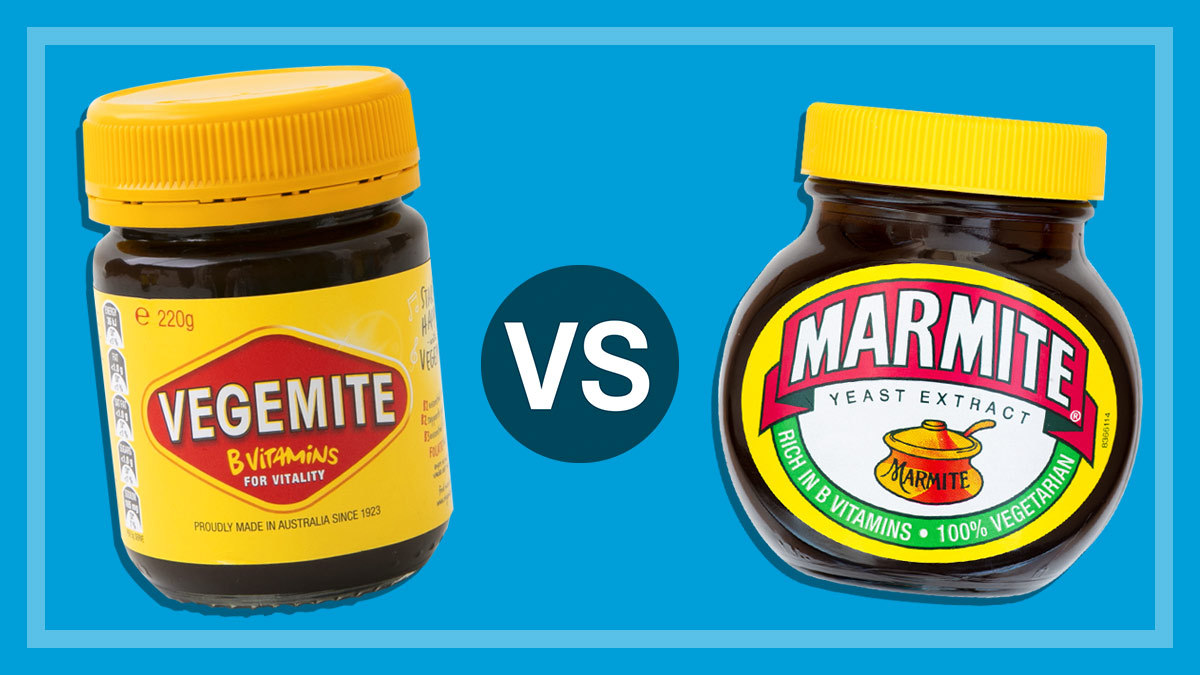
- 31 people took our blind taste test and voted for their favourite vegetable or yeast extract
- We compared nine products, including British Marmite, OzEmite, ProMite and Vegemite’s Gluten Free and Salt Reduced products
- Only 26% of participants correctly guessed which sample was Vegemite Original
On this page:
- Best Mite
- Mite products compared
- What were the results?
- Crunching the numbers: nutrition and cost
- How we test

Ah, Vegemite: how on earth did such a peculiar, salty concoction win the hearts of a nation? While the big V is probably the most identifiable brand, we were surprised to learn that there are no fewer than nine vegetable or yeast extract spreads on the market. Nine! Who would’ve thought it?
So we set out to determine which product is the pick of the bunch, with a good old-fashioned blind taste test – a fight of the ‘Mites’, if you will. A cohort of brave CHOICE staff tasted all nine Mites and cast their votes to help us find Australia’s favourite yeasty spread. It was thirsty work, but someone had to do it.
Here’s what we found.
CHOICE Vegemite taste test
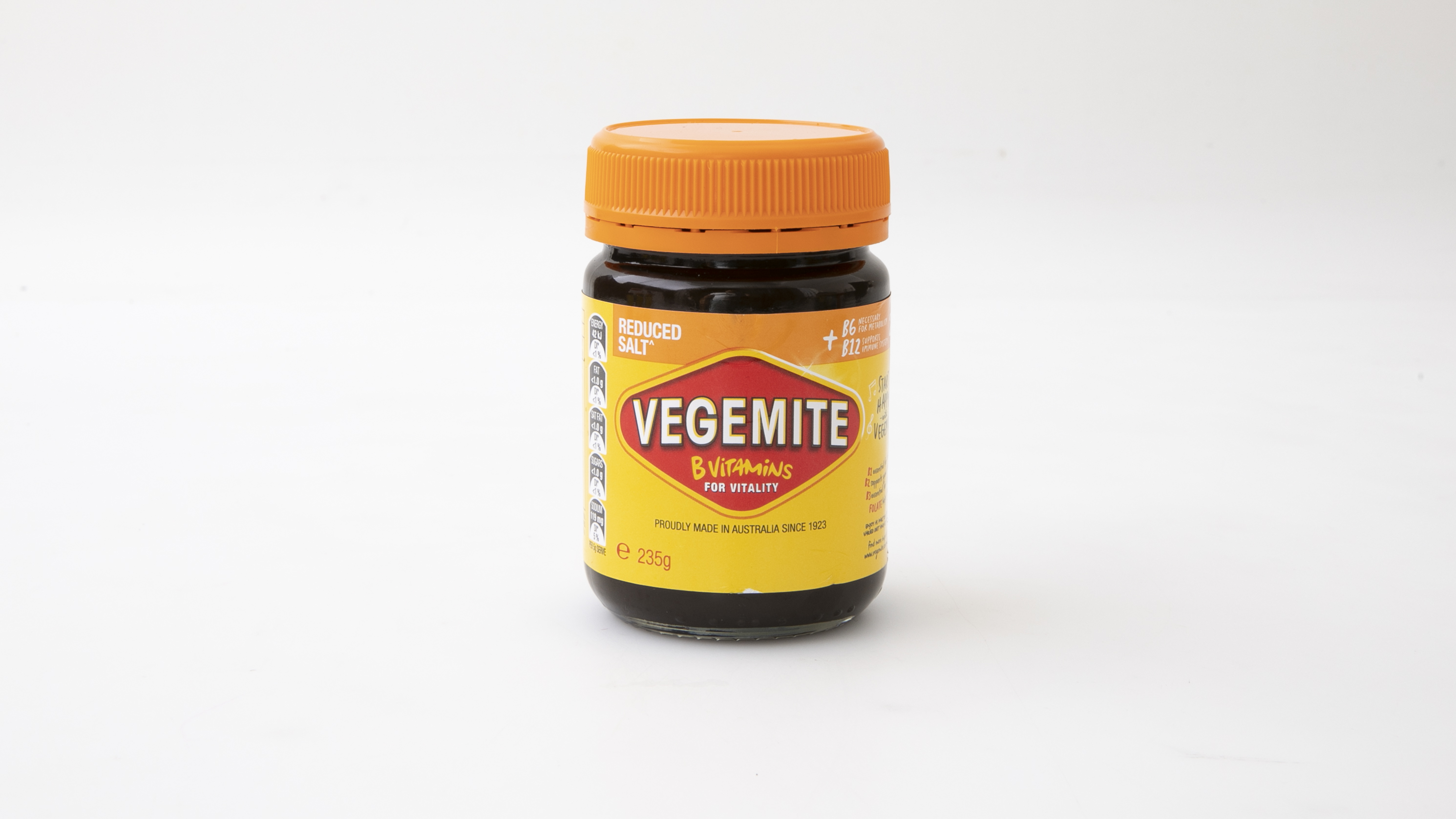
Best Mite
And the winner is…Vegemite Reduced Salt! In a shock win, Vegemite’s less salty cousin was voted as the favourite ahead of the original product – by a fair margin.
Could it be that Vegemite’s salty reign has come to an end? Are the people revolting against an excess of sodium? Perhaps we never needed that much salt in our yeast extract to begin with? Is it un-Australian to mess with an icon such as Vegemite?
All we know is that more of our testers preferred the less salty option, with Vegemite Reduced Salt receiving a score of 82%. Vegemite Original came in at 71%, followed by the newcomer out of Byron Bay, AussieMite, which tied with Vegemite Gluten Free at 55%.
Not only did Vegemite Salt Reduced knock the original product off the top spot – it also duped our taste testers. A full 35% thought the salt-reduced version was Vegemite Original.
Mite products compared
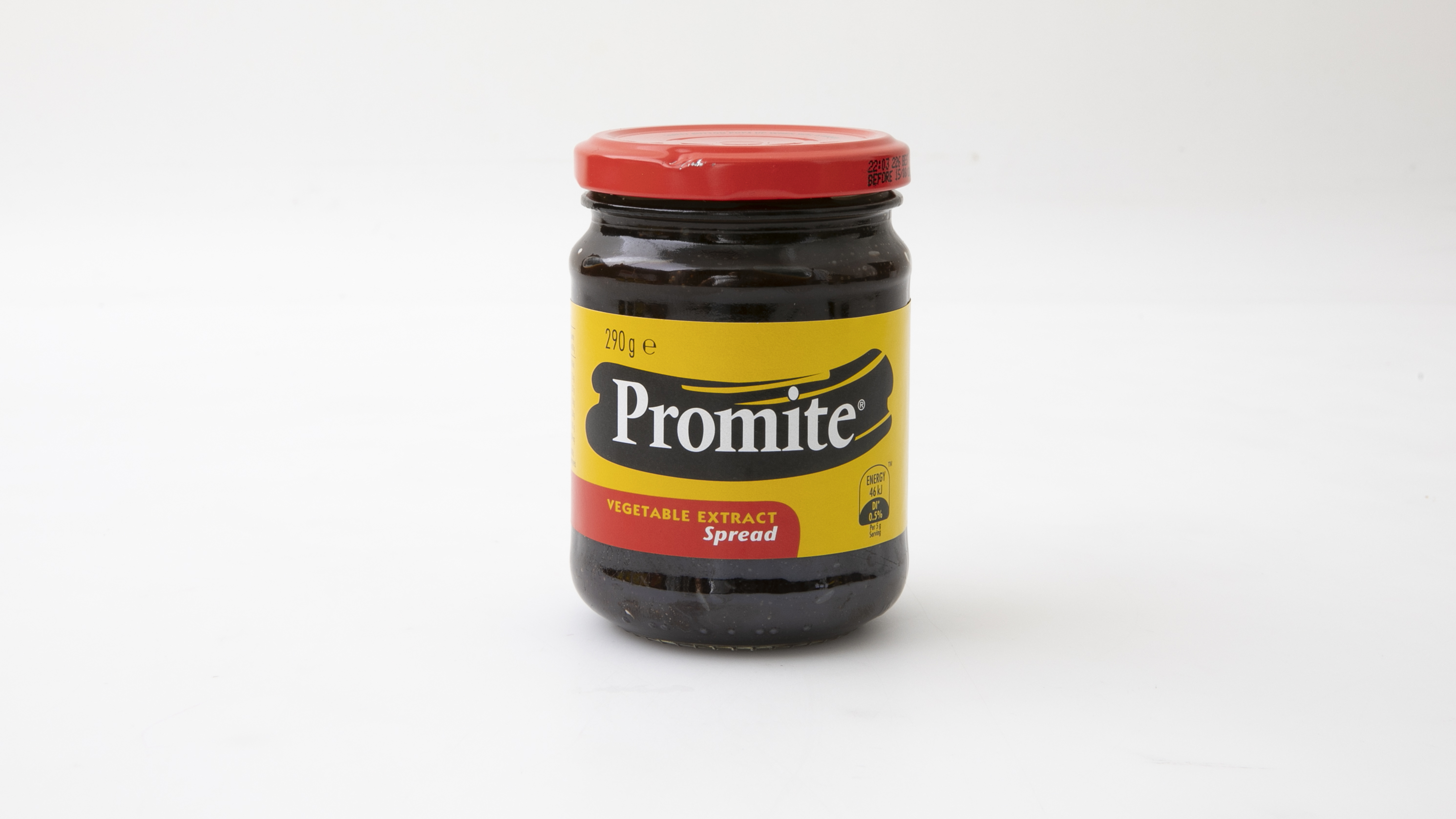
Promite
There wasn’t much love for Promite. Here’s what some of our testers thought of it:
- “Just foul.” (Jason)
- “Unholy.” (Amy P)
- “Like a petrochemical.” (Amanda)
- “Unpleasant.” (Dean)
- “Greasy, paint-like concoction.” (Kim)
- “Awful flavour, barely edible.” (Kate B)
- “WHY SO FISHY??!?” (JB)
- “Is there mustard in this? I feel sick. HATE.” (Jason)

Vegemite Gluten Free
While Vegemite’s salt reduced version went down a treat, the gluten-free offering wasn’t always so popular.
- “Burns your mouth!!!” (Bex)
- “Like a stock cube that hasn’t dissolved.” (Amanda)
- “Yuk. Bitter.” (Chris C)
- “So very bad.” (Erin F)
- “Horrible aftertaste.” (Graham B)

Vegemite Reduced Salt
Feedback on Vegemite Reduced Salt was mostly positive, which validates it earning the top spot in our taste test:
- “Yay, tastes like vegemite.” (Andrea)
- “Salty, tangy, delicious. Nice dark colour, good strong aroma.” (Kate)
- “Tastes like my childhood.” (Amira)
- “Very close to Vegemite. Balanced, good, would eat again.” (Jason)
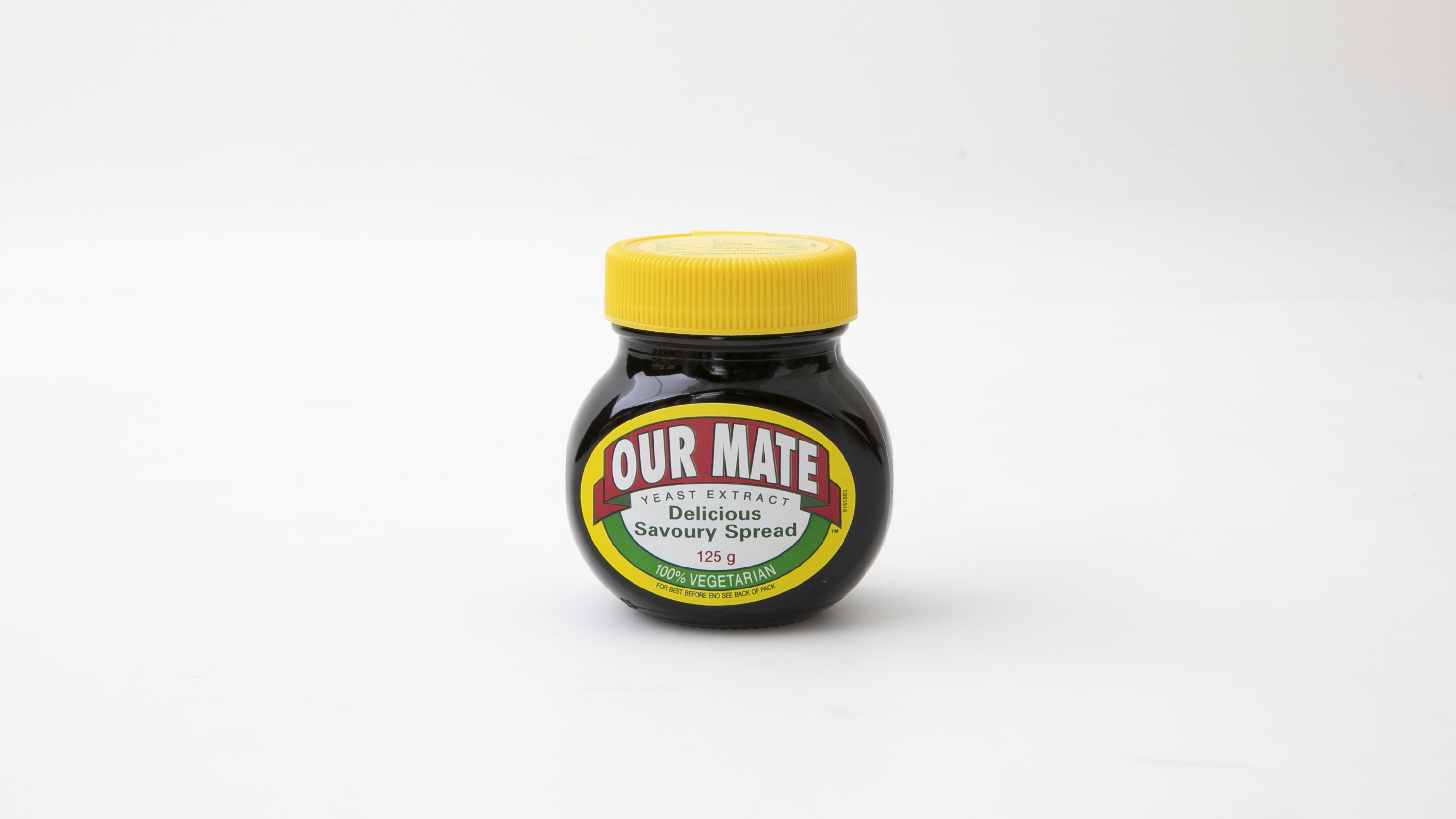
Marmite
Of our taste testers, only one grew up eating British Marmite (although others took up the habit while living in the UK), and five grew up eating neither Vegemite nor Marmite.
This probably explains why so many taste testers weren’t happy little Vegemites when it came time to try the British Marmite:
- “Everything about this is bad.” (Sunny)
- “Looks like dulce de leche, sadly doesn’t taste like dulce de leche. I would feed this to my enemy.” (Marianna)
- “Horrid.” (Amy P)
- “Repulsive.” (Amanda)
- “Tasted horrible; almost inedible.” (Emily W)
- “Wow, I hate it. Tastes and smells like chemicals.” (Andrea)
- “Wow! I didn’t think it could get worse but here we are!” (Erin F)
- “Strange caramel colour, funky smell, gross taste. AVOID!” (Kate B)
- “BAD. Can’t describe the taste, it’s just bad.” (Amira)
- “I swear my mouth is burning.” (JB)
- “Tasted beyond horrible.” (Ivone)
What were the results?
- Vegemite Reduced Salt came in first place, with an overall score of 82%.
- OzEmite took out last place, with an overall score of 41%.
- 25 of 31 participants (81%) grew up eating Vegemite. But only 8 of 31 (26%) correctly guessed which sample was Vegemite Original.
- Vegemite Reduced Salt was most often thought to be Vegemite Original, being named as the original by 11 of 31 participants (35%).
Fight of the ‘Mites’
We crunch the numbers on vegetable and yeast extracts
Most expensive: Marmite ($3.20/100g)
Cheapest: MightyMite ($1.07/100g)
Lowest salt: Vegemite Reduced Salt (2380mg/100g)
Highest sugar: Promite (18.1g/100g)
Highest % Australian ingredients: Vegemite Reduced Salt, Vegemite Gluten Free, Vegemite Original (Made in Australia from at least 95% Australian ingredients)
Gluten Free: AussieMite, MightyMite, OzEmite, Vegemite Gluten Free, Marmite (These products are all free of gluten)
Crunching the numbers: nutrition and cost
- British Marmite was the most expensive, costing $3.20 per 100g – not entirely surprising given the small pack size and the fact that it’s imported.
- MightyMite was the cheapest product, costing $1.07 per 100g.
- Vegemite Reduced Salt was the lowest salt product in the test, with 2380mg of sodium per 100g.
- Promite has 18.1g of sugar per 100g, the highest sugar product in the test.
- The only two products not made in Australia were Marmite (UK) and Sanitarium Marmite (NZ).
- The Vegemite products (Original, Reduced Salt, Gluten Free) have the highest proportion of Australian ingredients (95%).
- Five products are gluten free: AussieMite, MightyMite, OzEmite, Marmite, Vegemite Gluten Free.
- The cheapest place to buy Vegemite is at Costco: a 950g jar that costs about $1.36 per 100g. The most expensive Vegemite comes in individual sachets ($3.85/100g), followed by a tube ($2.79/100g).
How we test
Thirty-one brave CHOICE staff put their tastebuds on the line to compare nine yeast extract and vegetable extract spreads.
We served all the samples on sliced white bread with a non-dairy spread. Participants tasted the samples blind, in a randomised order, which was different for each person.
For each sample, participants decided if they ‘loved’, ‘liked’ or ‘disliked’ it and left written comments on each sample.
The CHOICE score is made up of taste (90%) and nutrition (10%). We calculated the taste score as an average of all responses, whereby ‘dislike’ is scaled at 25, ‘like’ at 70 and ‘love’ at 100. The nutrition score is based on the product’s Health Star Rating, which we calculated from the details in the nutrition information panel and changed to a percentage.

